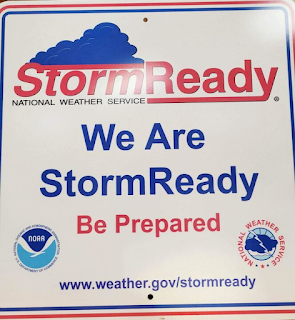AUXCOMM USA is a voluntary, nonprofit organization dedicated to providing emergency communications support for communities during emergencies and disasters. In addition to coordinating emergency response in support of various government and relief organizations, AUXCOMM USA provides standardized training to better prepare volunteers to support emergency operations using multiple platforms including, but not necessarily limited to, Amateur Radio,
Internet, Cellular Data Networks, and various other emerging technologies.
Radio Relay International (RRI) was founded in 2016 as a voluntary nonprofit NGO dedicated to the development of survivable communications infrastructure capable of providing resilient communications in time of emergency. RRI operates an International modified hybrid mesh network capable of providing survivable messaging services using both the High Frequency and VHF radio spectrum. RRI also operates common-denominator radiotelephone and radiotelegraph networks, all of which are interoperable with a variety of wireless network operations.
“This memorandum of agreement serves as an excellent example of a collegial, symbiotic relationship in which the mission of two organizations are aligned, despite a somewhat different focus,” said James Wades, Emergency Management Director for Radio Relay International.
serves as an excellent force multiplier,” he added.
RRI also sponsors the “Neighborhood Hamwatch” program through which local emergency communications units provide training to various disaster response organizations, while assisting them with the development of survivable radio networks built around FRS and GMRS assets.
For more information, please visit the AUXCOMM USA website at: https://www.AUXCOMMmusa.org











